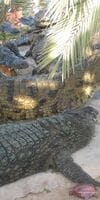Perhaps the most stunning place, interesting attractions, and entertainment on the island of Djerba is the Park "Djerba Explorer". A visit to this Park will be a great fun and addition to the vacation on Djerba, for children and adults of all ages.
By itself, the Park Explore a small area but very diverse. In the Park can not only relax, but also to get good informative information. The Park has three main zones, there are:
- crocodile farm where you can see the feeding of crocodiles;
- stylized traditional Tunisian village "Heritage" consisting of buildings with traditional architecture and garbinski residential complex and telling about how once lived on the island;
- museum of folk traditions and crafts "Lella Hadria",
as well as cafes, restaurants, small picturesque shops and souvenir shops.
The Park is located in the tourist part of the island, at Park Djerba Explore, Route Touristique Midoun, Djerba. The Landmark Lighthouse Taguermess/Taguermess. To get to the Park in two ways:
1. Excursion tours from the hotel cost on average 21-26 per person.
2. Independently get to the Park by taxi. Taxi services on the island are well developed and inexpensive. The fare depends on the distance with an average of 3-4 Dinar one way. Well, or on foot. We visited the Park on their own, it is cheaper and more interesting, and time for a walk in the Park in this embodiment is not limited.
The Park is open to the public daily. And the working hours of the Park depend on the time of year: the crocodile farm, Museum "Lella Hadria" and complex "Legacy" can be visited from June until the end of September from 9:00 to 20:00 hours, from October until the end of may, from 9:00 to 18:00 hours. The Park "Djerba Explore" is open in summer from 9:00 until 02:00 a.m., in winter from 9:00 to 20:00 hours. The feeding of crocodiles at 16:00 hours.
The entrance fee: the entrance of the Park to the gift shops and cafes is free, the crocodile farm, Museum "Lella Hadria" and complex "Legacy" admission is 20 Dinar (TND), children from 2 to 12 years - 12 TND.
Attention! Park hours, entrance fees and feeding time of crocodiles may change! Please check before you travel!
About the Park Grebe, Explor
Approaching the Park, once we get to the colorful buildings made in the characteristic style Germiston. In this part of the Park admission is free.
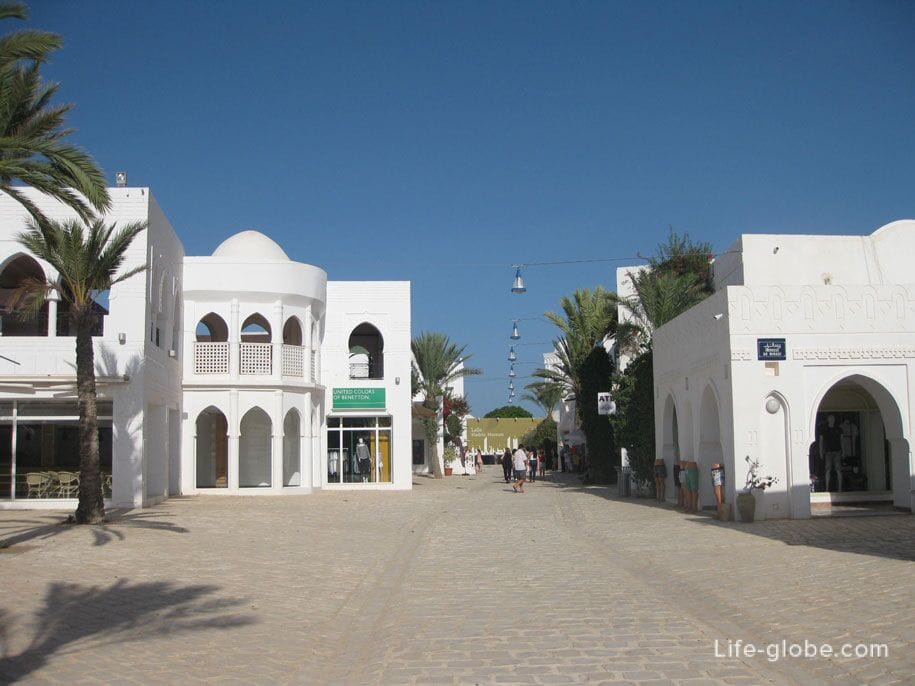
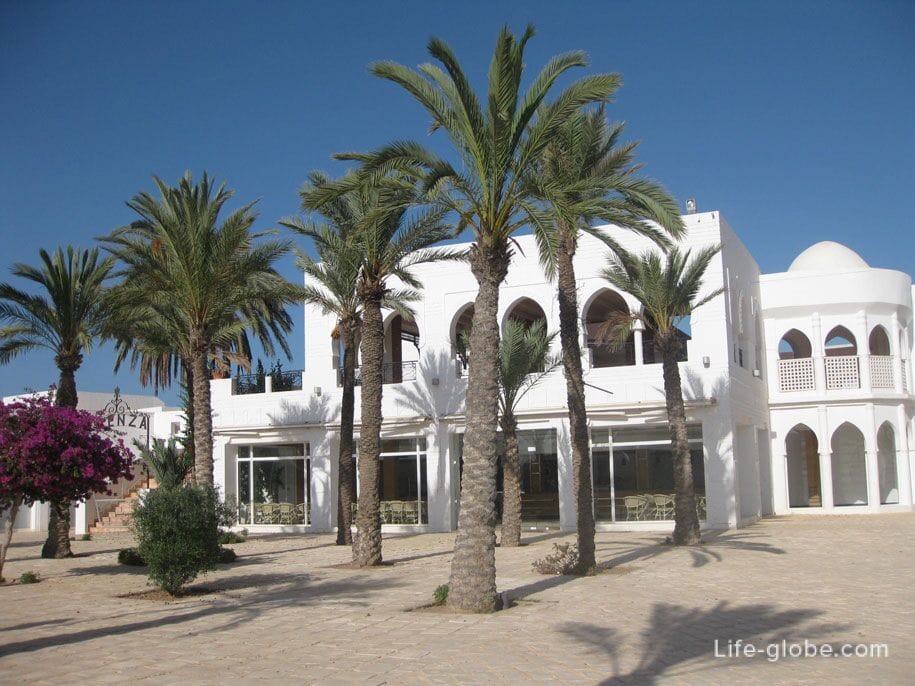
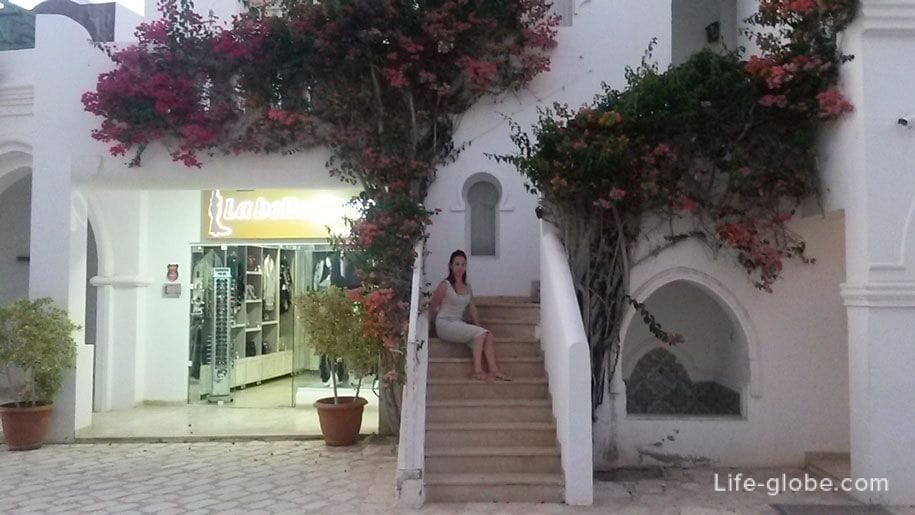
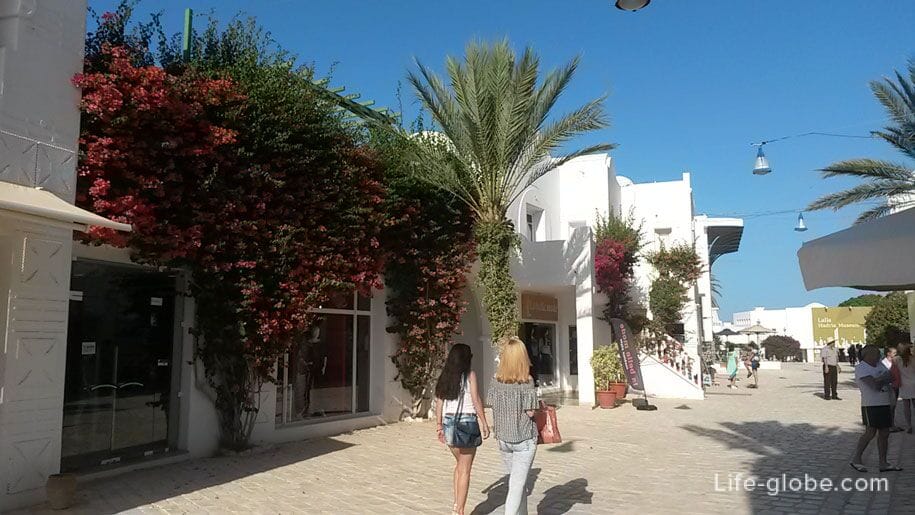
Here street that is conveniently located souvenir shops and shops where you can buy not only Souvenirs, but also a variety gerviskiu and Tunisian products.

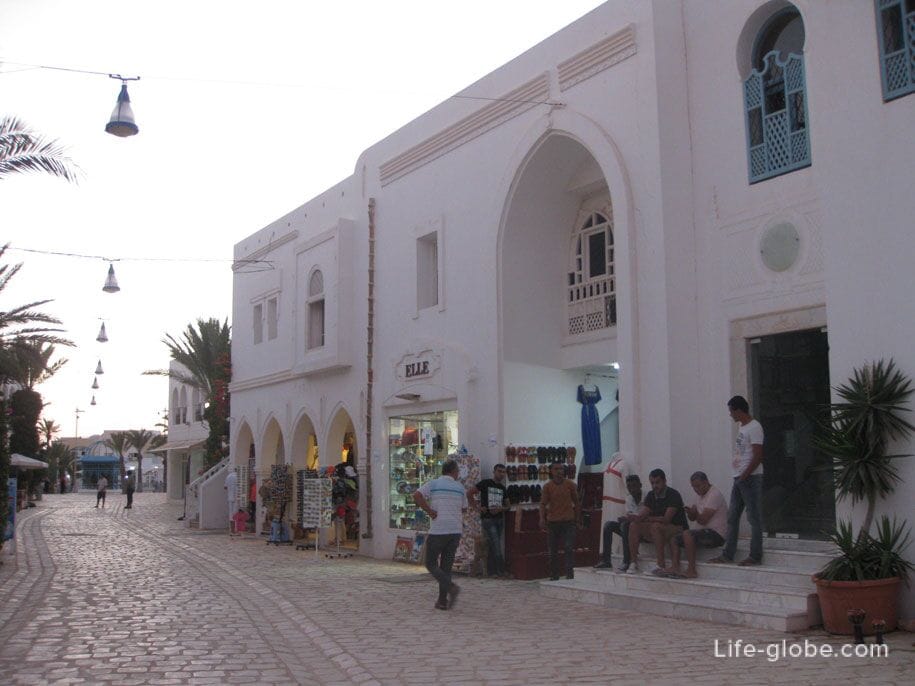
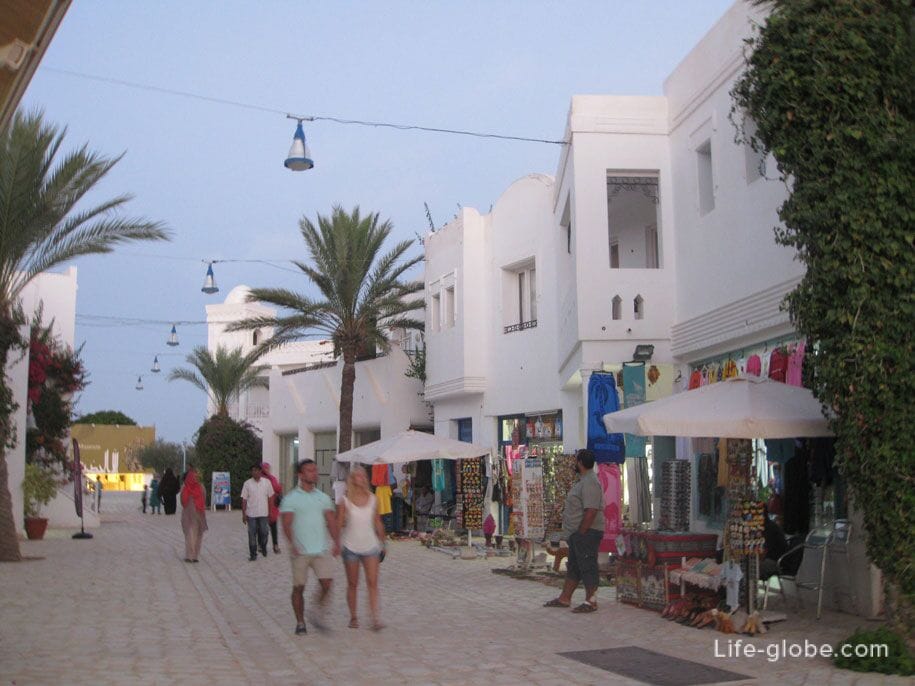
A small square with a cafe

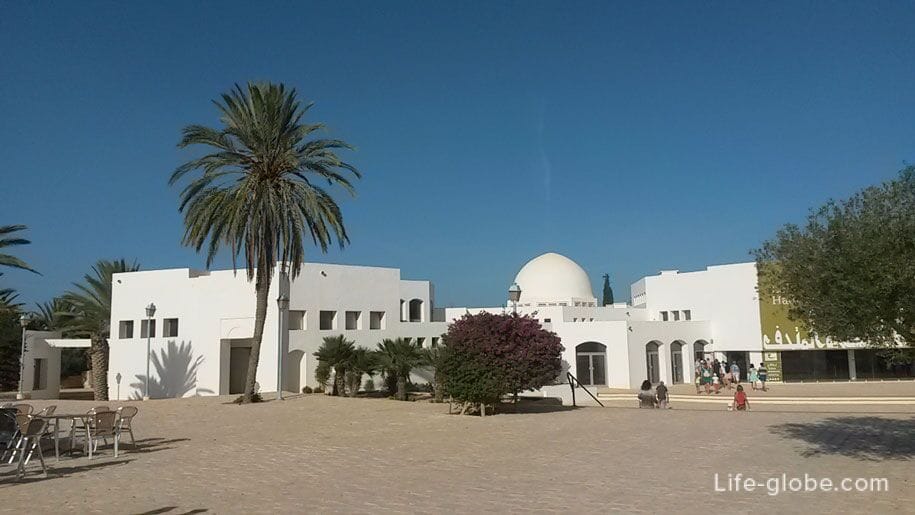
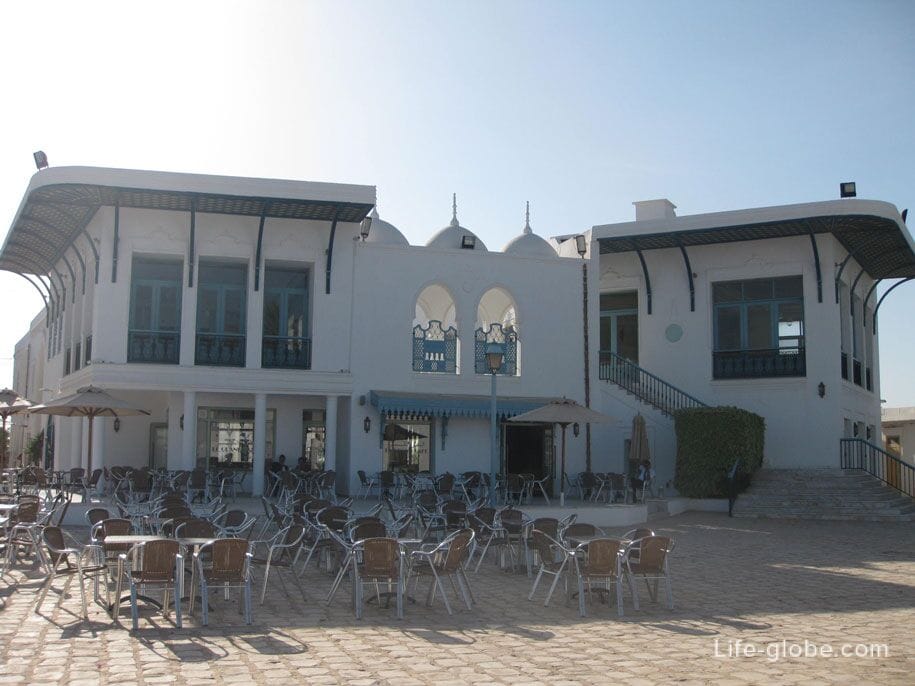

In this building, in the square, is a Museum of "Lella Hadria" and cash. Further in the Park you can walk, only by purchasing tickets.
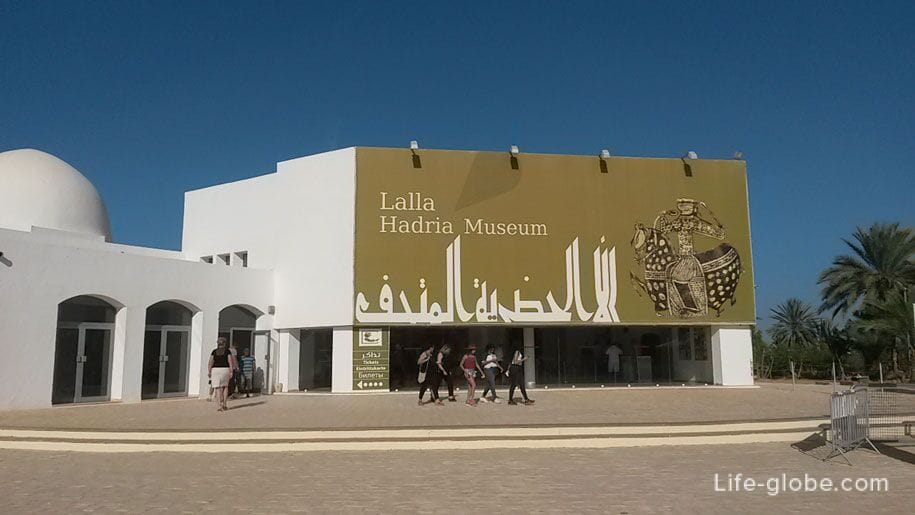
To the Museum we will return later, but for now let's talk about the most interesting and visited place of the Park, crocodile farm, then about ethnographic village under the open sky "Heritage". Buy the ticket, exit the building and head to the left, whence we get the second part of the Park "Djerba Explorer".
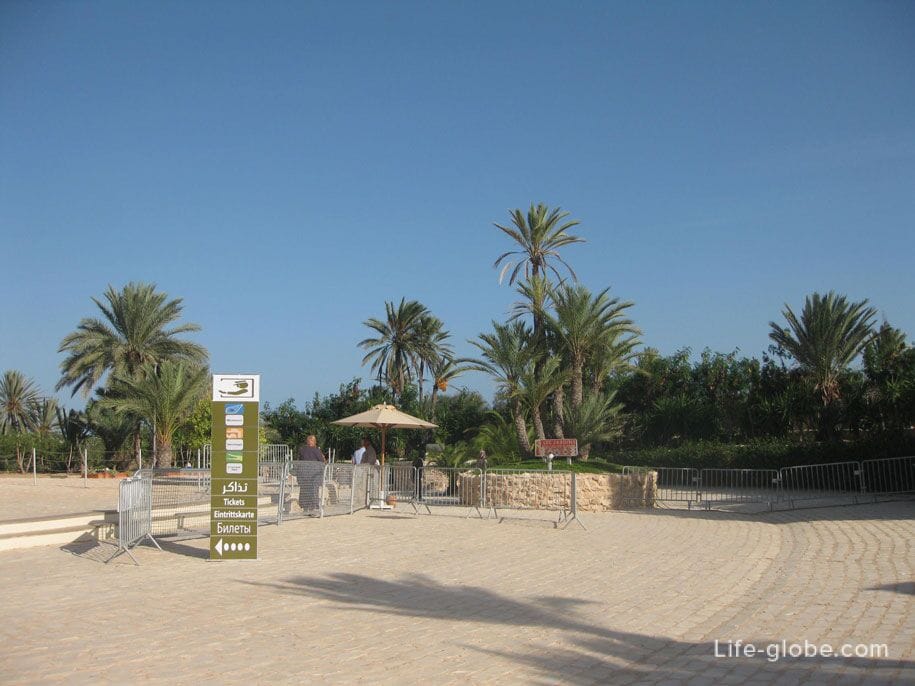
In this part of the Park has only one road, surrounded by lush, at gerbick standards, greenery and places to relax.

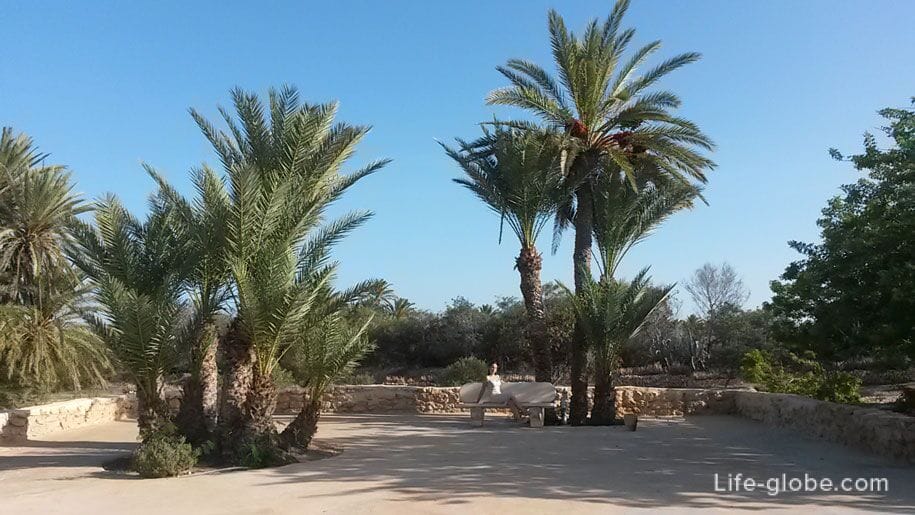

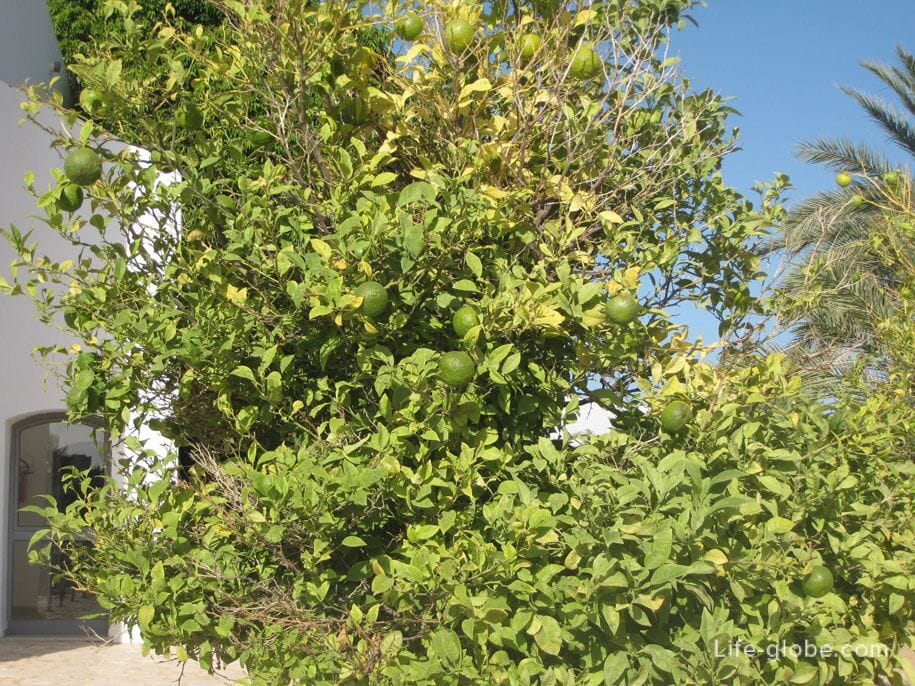
Walking along the paths, on the right we see the entrance to the ethnographic village "Heritage". If you have time to 16:00 hours (feeding crocodiles) then you can look here first. In the winter, as the Park is open only until 18:00 hours, we suggest you arrive early and the first to study this part of the Park.
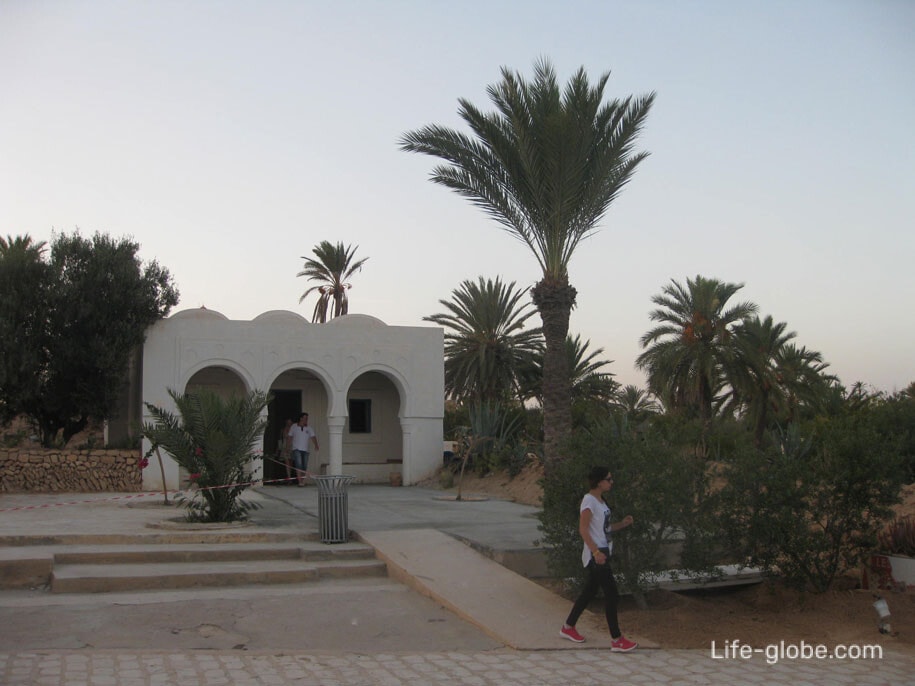
Move on and get straight to the most powerful, beautiful and memorable part of the Park - Crocodile farm.
Crocodile farm/Crocodile Farm
Crocodile farm is a gem of a Park that attracts most tourists, but that hide a and go to this Park just for the sake of crocodiles.

The thing is that in this Park, in the small ponds and pools inhabited by more than 400 the Nile crocodiles that were brought to the Park from Madagascar. Nile crocodile is the largest of the three species of crocodiles that live in Africa and the second largest in the world, after the saltwater crocodile. Prior to this, Nile crocodiles we saw on TV, and it should be noted through the screen they look much fiercer, and more.
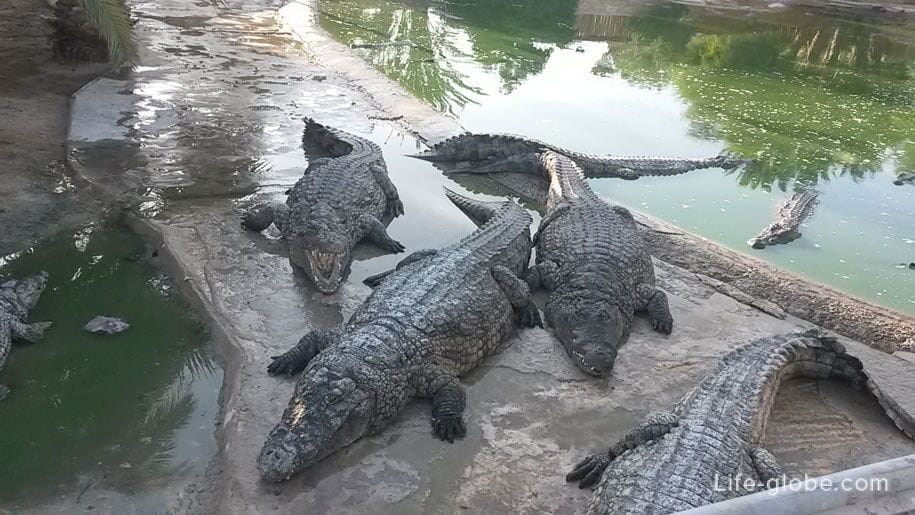
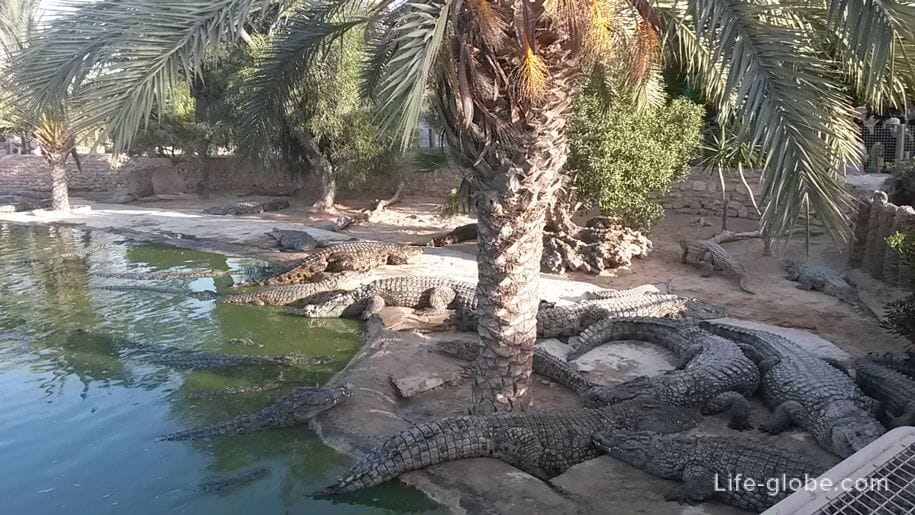

Crocodiles live in open enclosures, beautifully and tastefully designed by the designers. Crocodiles there are indeed many, they peacefully lie asleep in the sun.
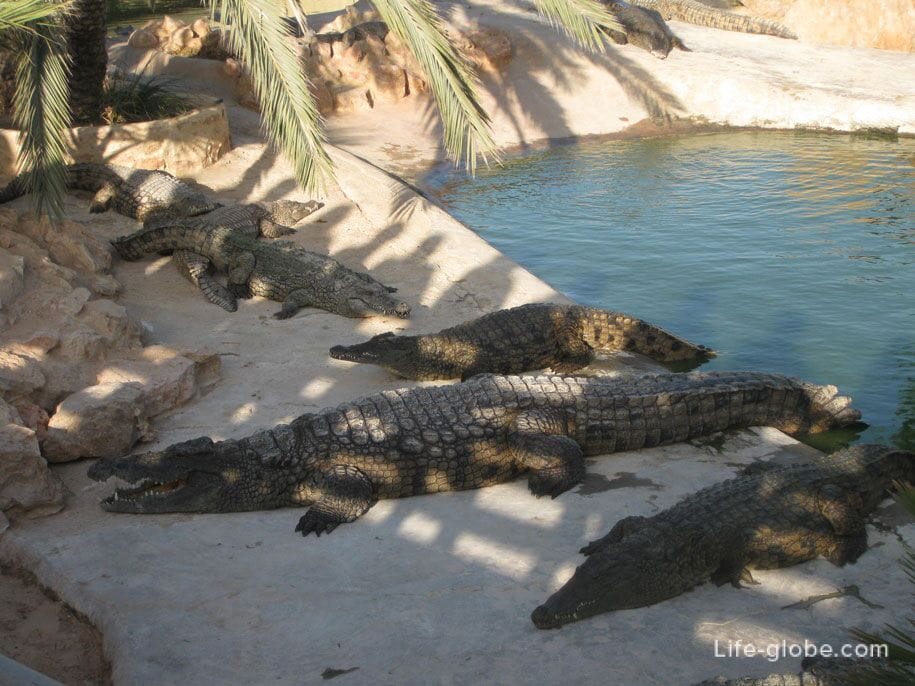
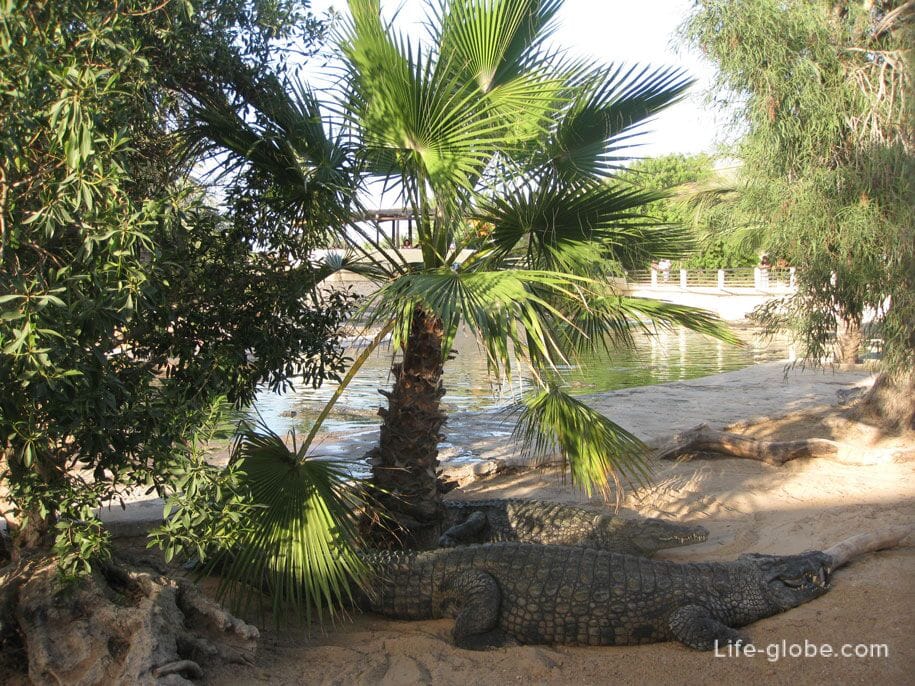
Tourist paths and bridges built so that crocodiles can be seen in all its glory and from all sides and so close that it seems, reaching out, they can be ironed. To do this, of course not, well unless you have extra fingers or hands.

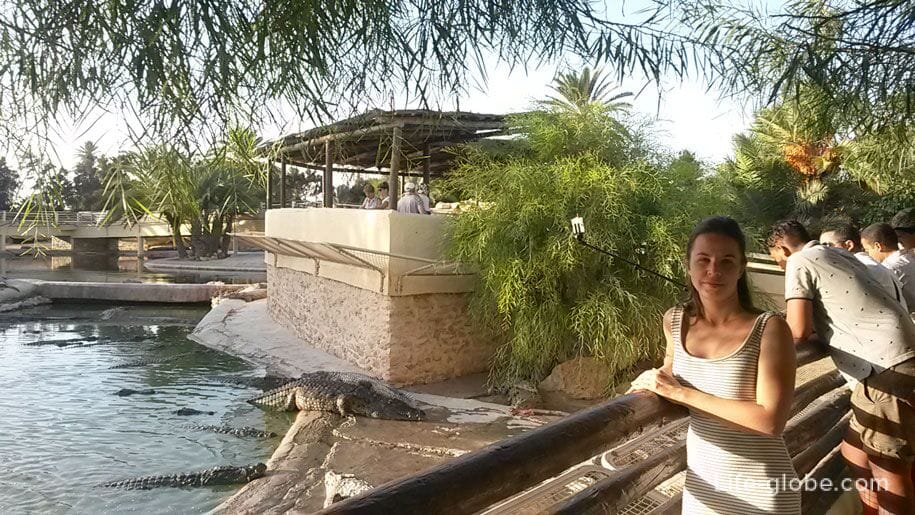
In General, everything is done correctly, tastefully and very beautiful. Walking the bridges and the paths near the crocodiles, while making photos, can be infinitely long.
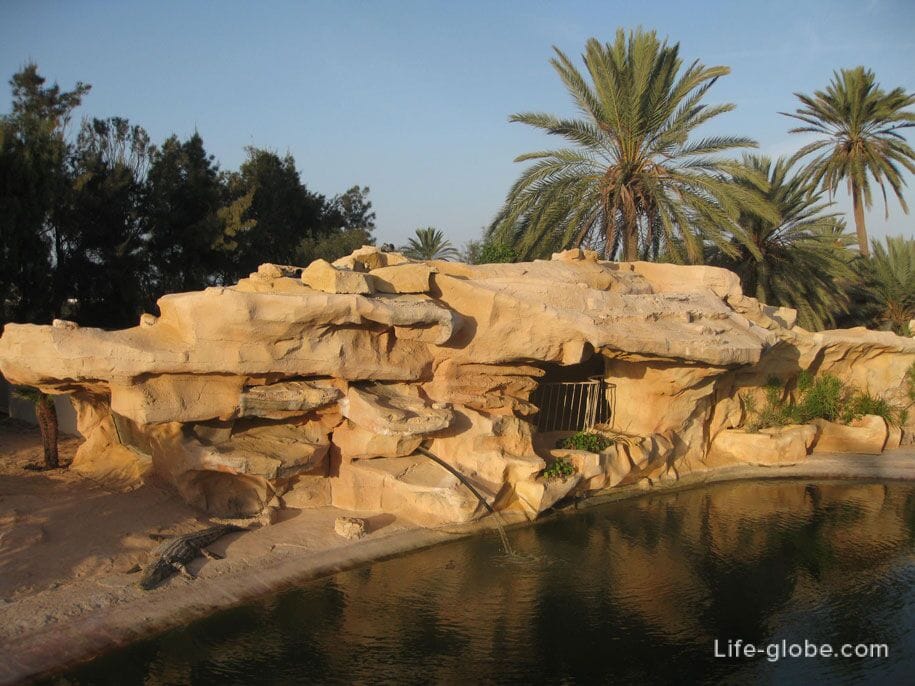

The feeding of crocodiles: description, photos, and videos
Well, let's move on to the interesting and the breathtaking view in the Park - Feeding the crocodiles.
By 16:00 hours, all the tourists going to Park at the bridges near the crocodiles waiting for such an important moment. At this time, the servants of the Park is transported through the territory of plastic boxes with meat, meat is difficult to call, there more bones than meat)).
Specifically to take any convenient place makes no sense, feeding occurs simultaneously from many places in the Park.
Then the servants of the Park knocking the boxes, thereby urging the crocodiles to feed. Crocodiles respond to the knock and lazily trudge to the places of feeding.
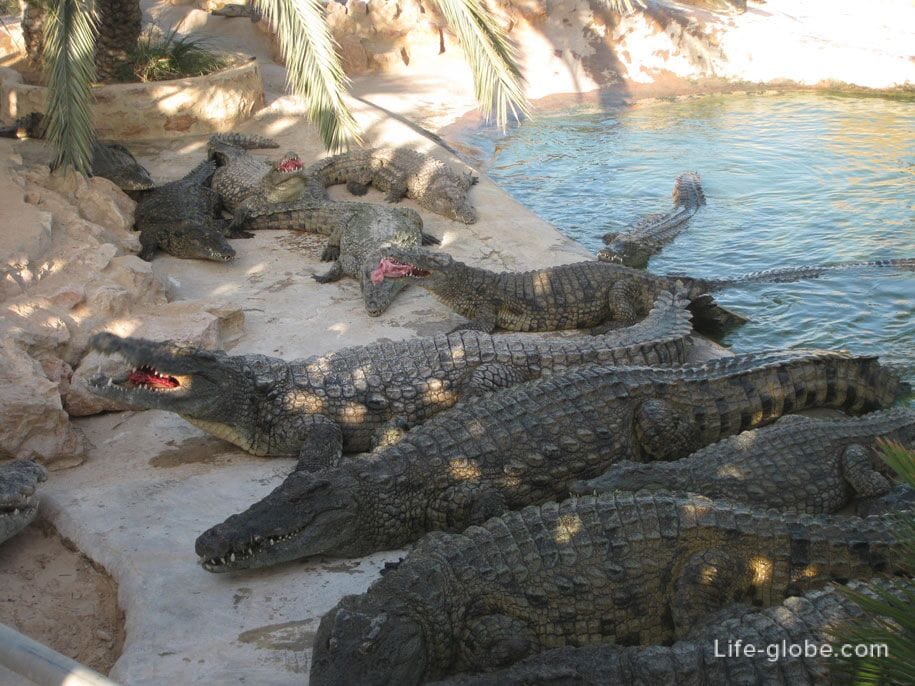

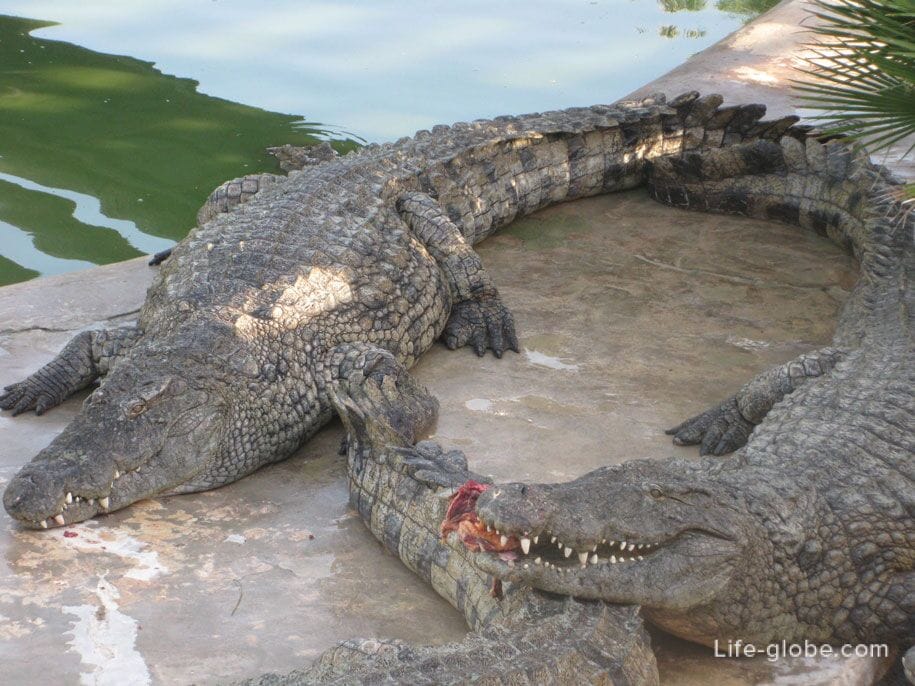

What can I say... they eat also lazy and even reluctantly. Some do not react to food, others and freeze a piece of meat in his mouth, and some pieces of meat with bones remain lying next to the crocodiles untouched. Leaflets and stories of guides certainly very embellished: "while feeding the crocodiles jump out of the water, tearing apart their prey". This is of course not the case, the crocodiles are thick and very lazy. It is understandable why the tourists, especially the nimble and restless kids are close. But really the crunch of bones is heard.
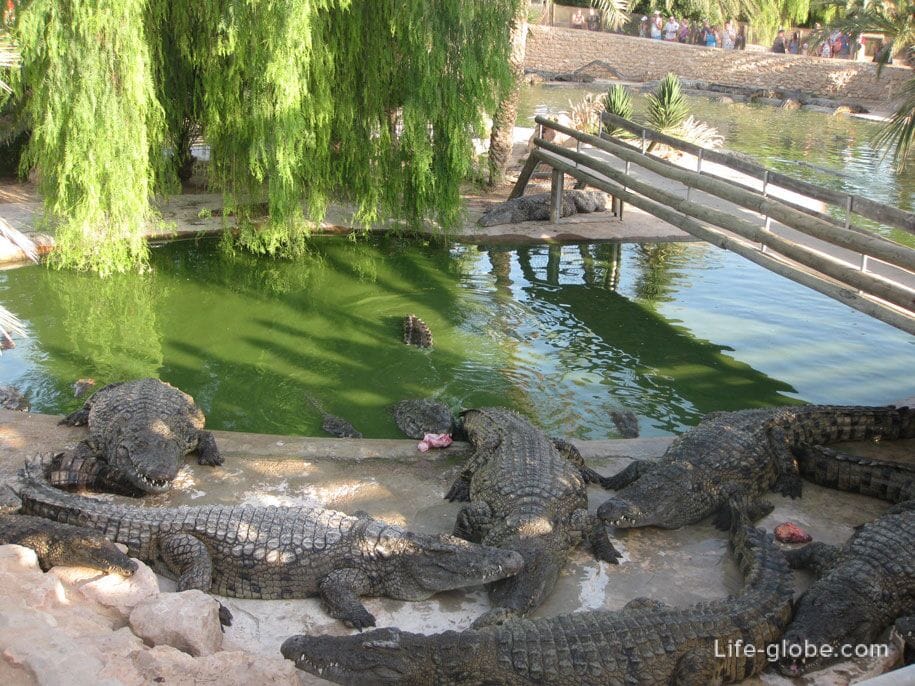
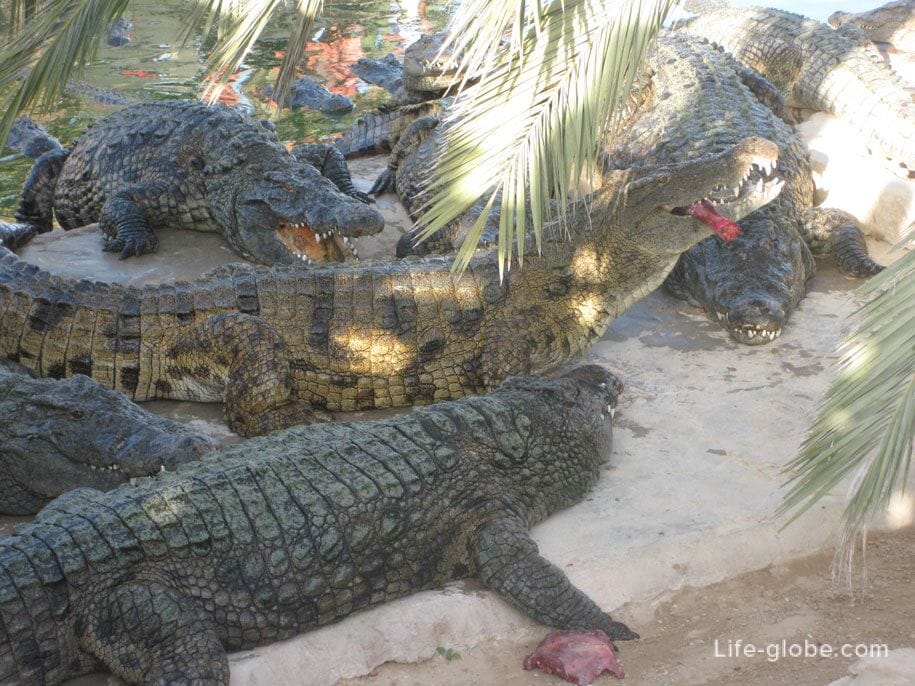
See for yourself how the process of feeding crocodiles. Video
After feeding, is completely free to hold and take pictures with a small crocodile. The queue of those wishing to make a photo for memory, immediately after feeding, there is clock. Better to have a walk around the farm and then return, the queue will decrease. The photo is on your camera or phone.

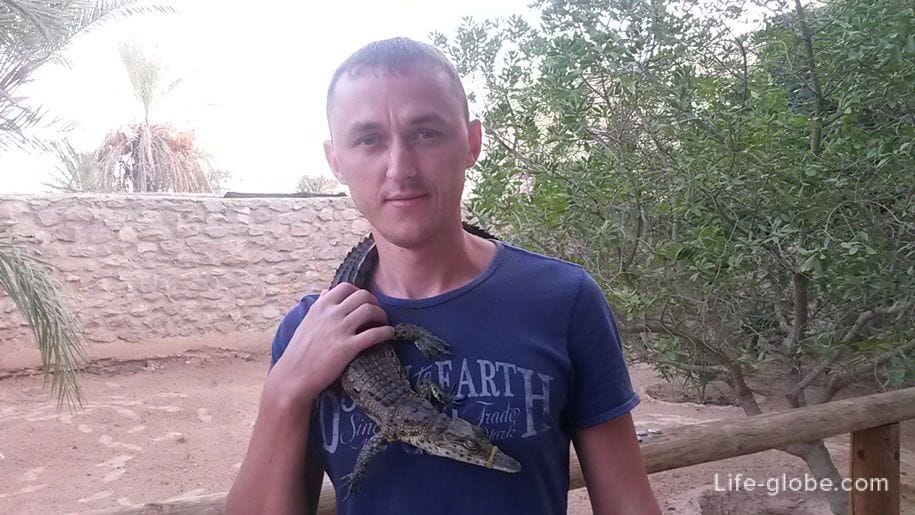
Also on the farm you can see the very young crocodiles in a separate closed aquarium
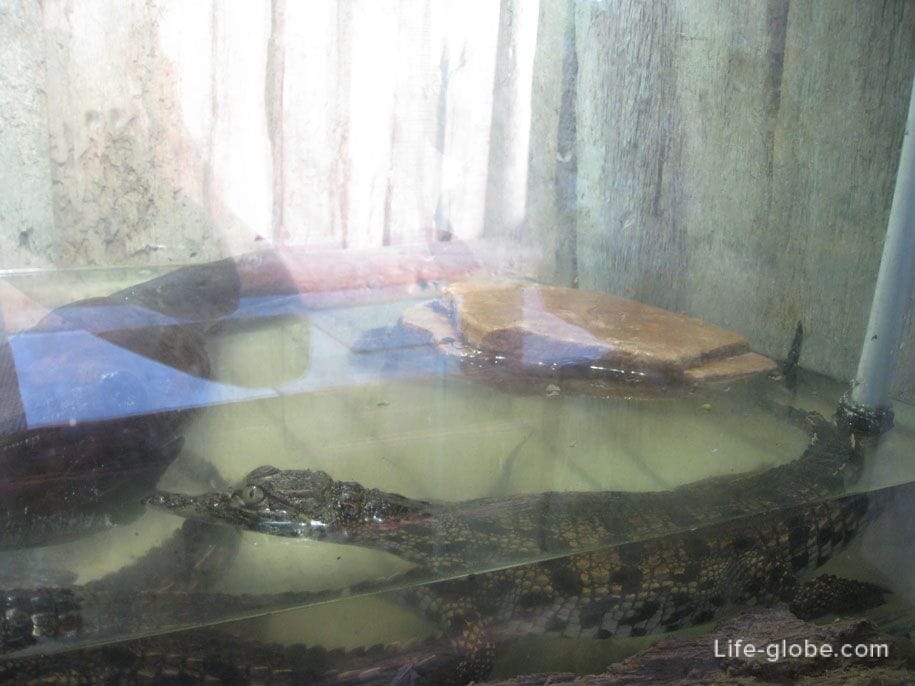
Teenagers in a small enclosure

And large turtles
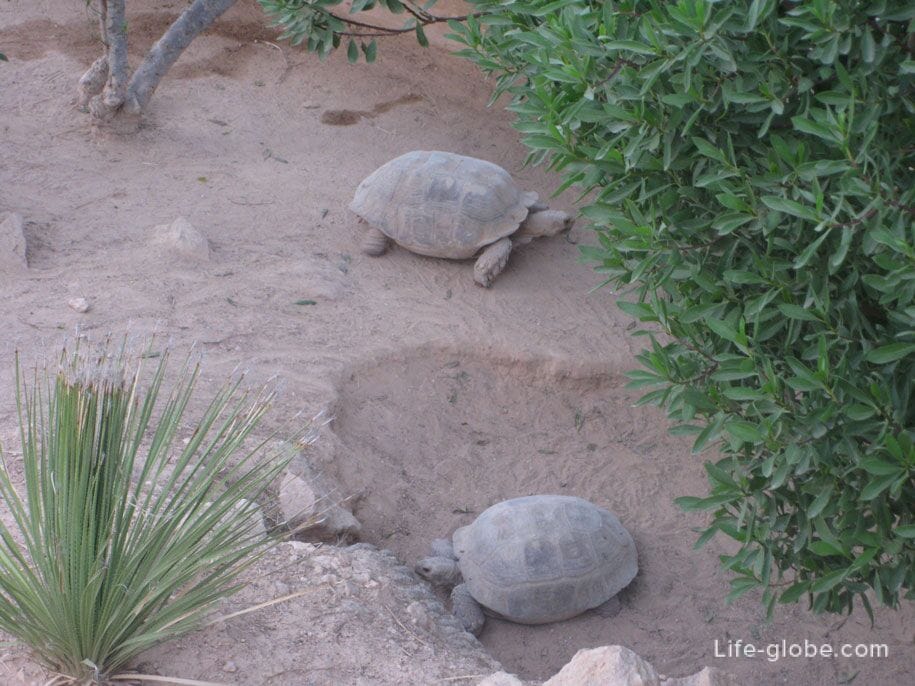
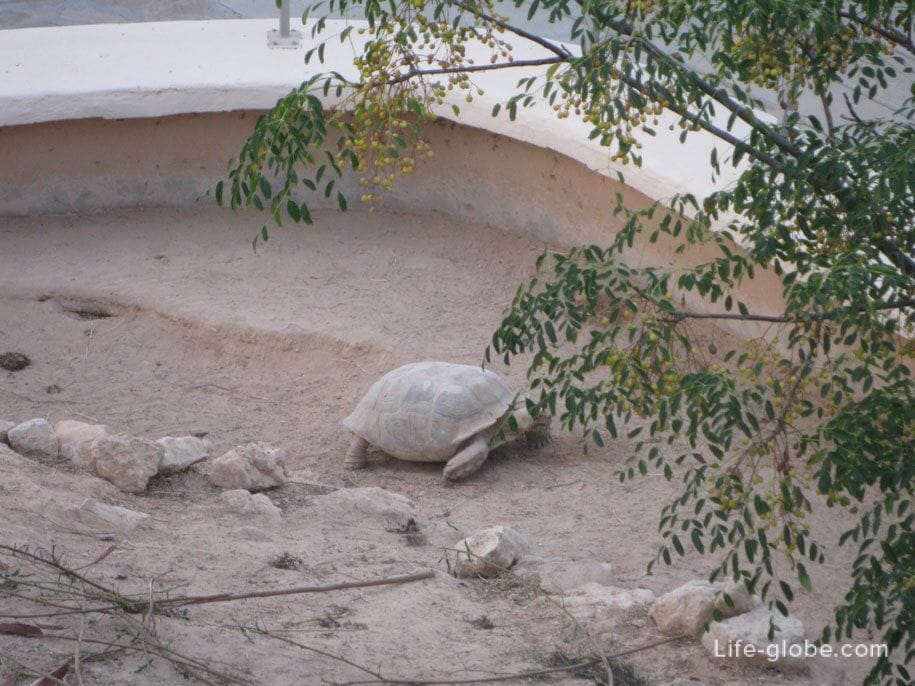
Here at the entrance to the crocodile farm themed café and gift shop where you can purchase items in memory, of course, the crocodile theme.


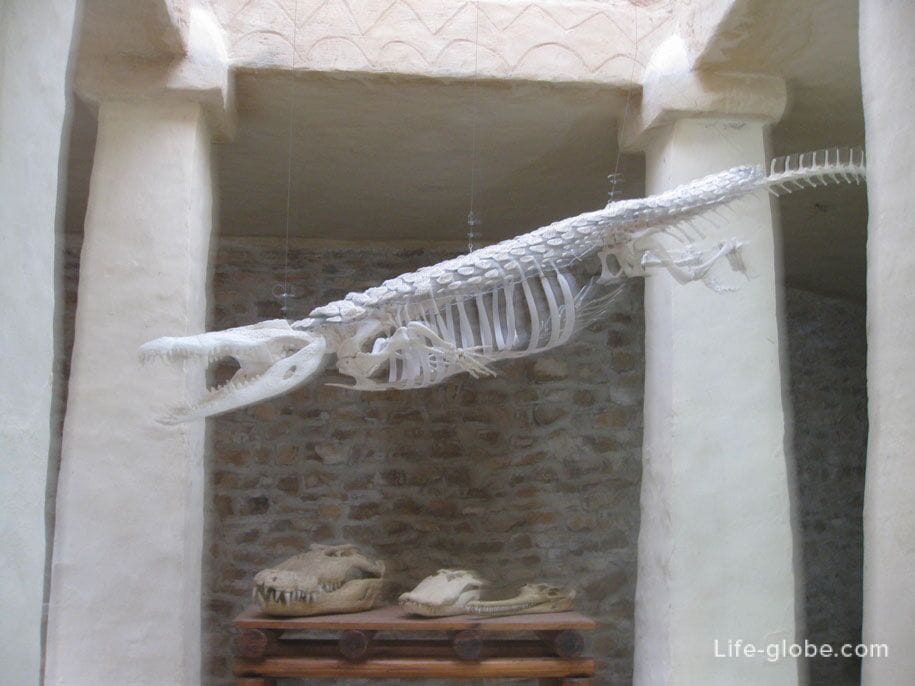

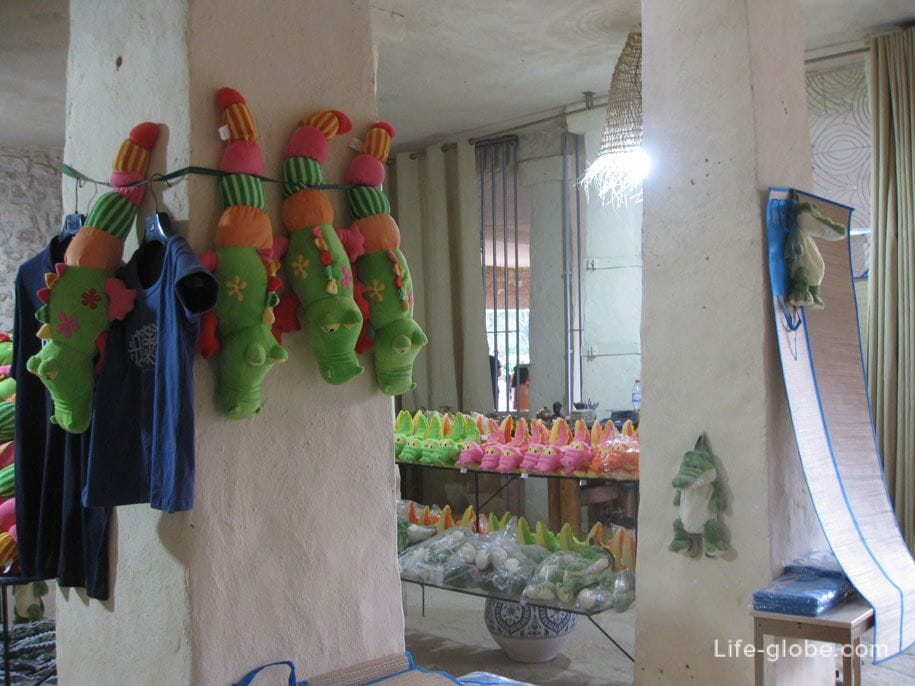

Well, we admire crocodiles, walked the farm, saw turtles and went to the gift shop, now back a little closer to the exit/entrance and visit the ethnographic village "Heritage", which is built on the ancient settlements of gerbeau and includes small Arabic houses, streets and farms.
Tunisian village the Heritage/heritage Djerba
This is a very interesting and informative place. We liked the village, learned a lot and gained endless positive energy and good mood. Colorful, and most importantly, informative place. Here happy to spend time both adults and children.
The village is situated under the open sky, stylized once existed werbiski lifestyle and routine, telling about how once lived on the island. Here you can see and meet garbinski traditional architecture, crafts and way of life of the Tunisian rural life.
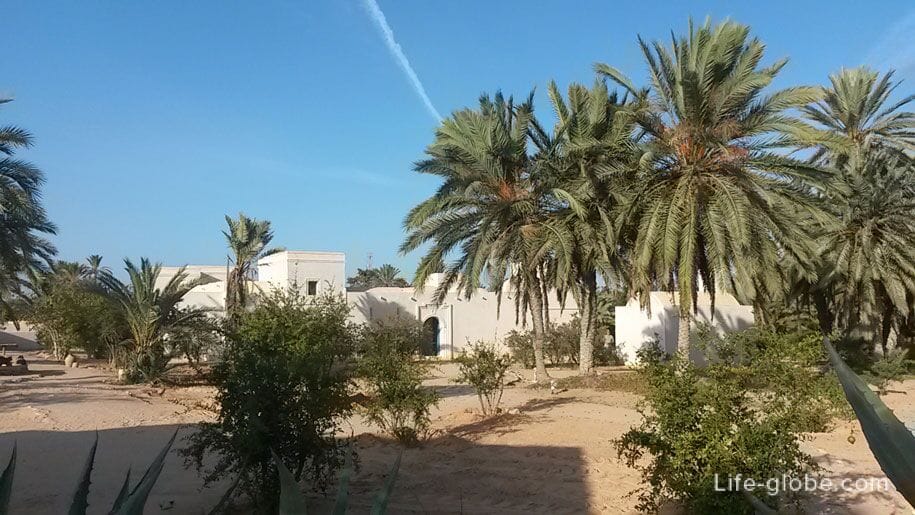

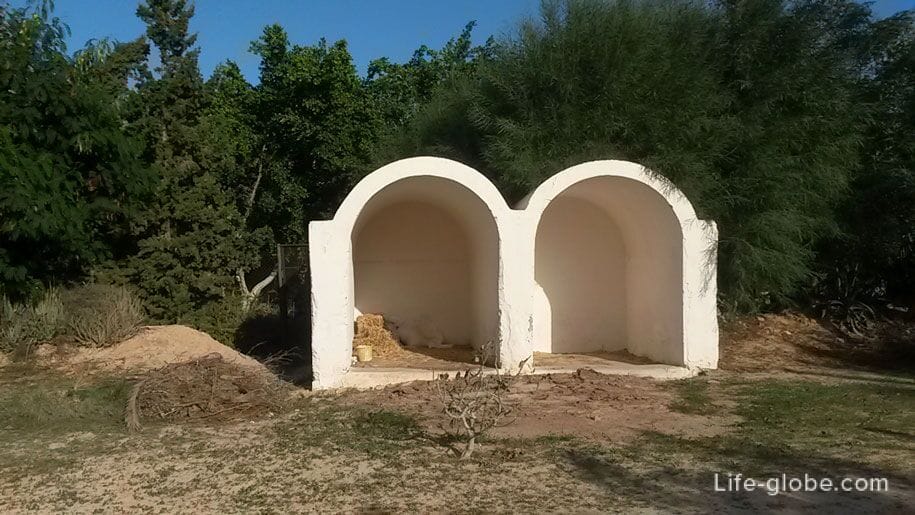
Also see, as before with camels, irrigated land

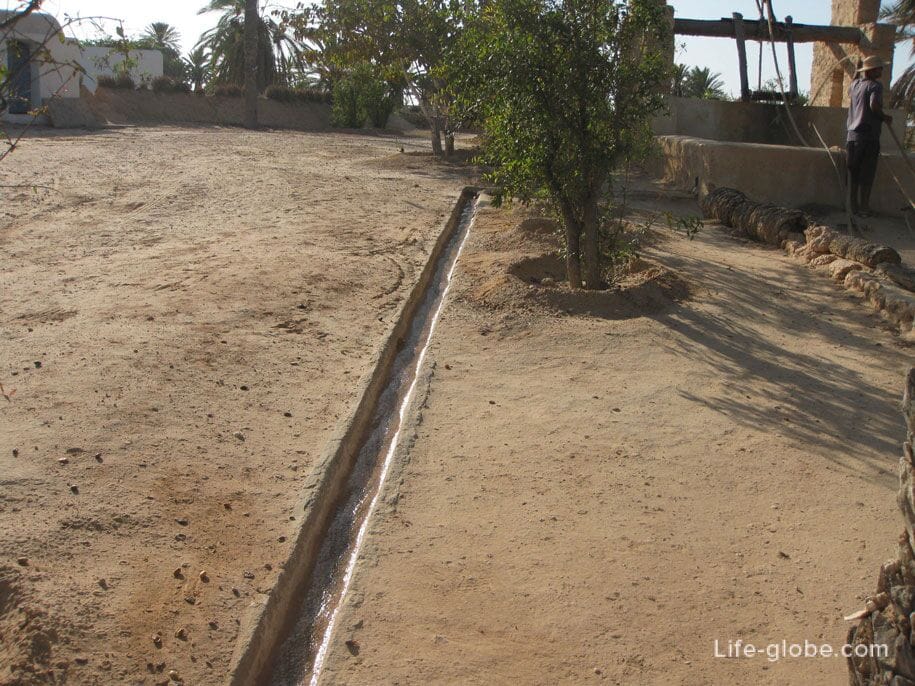
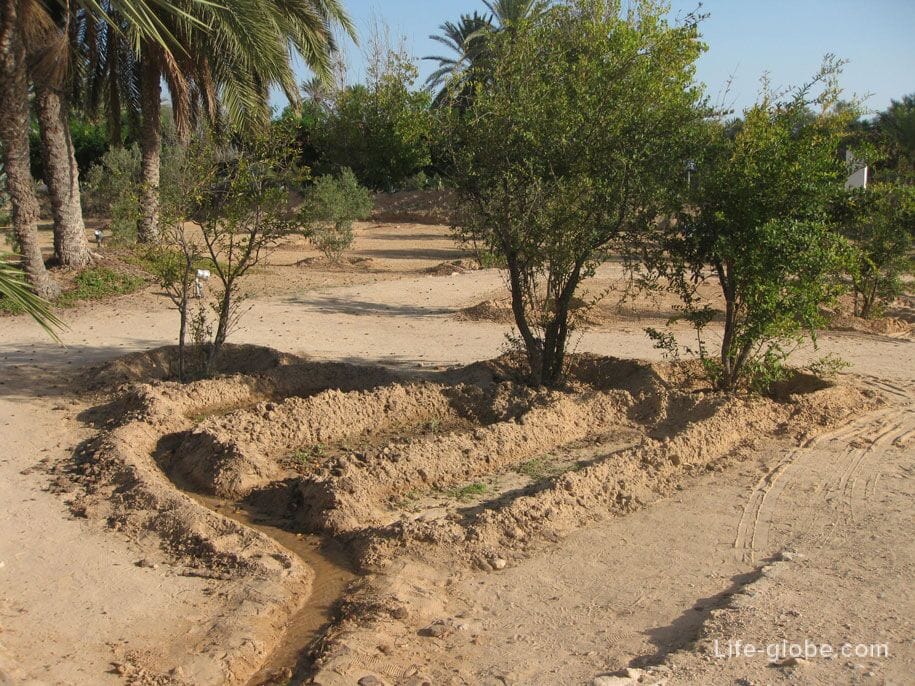
Visit the traditional house of "Cush", stables and cellars. To see the oven and kitchen
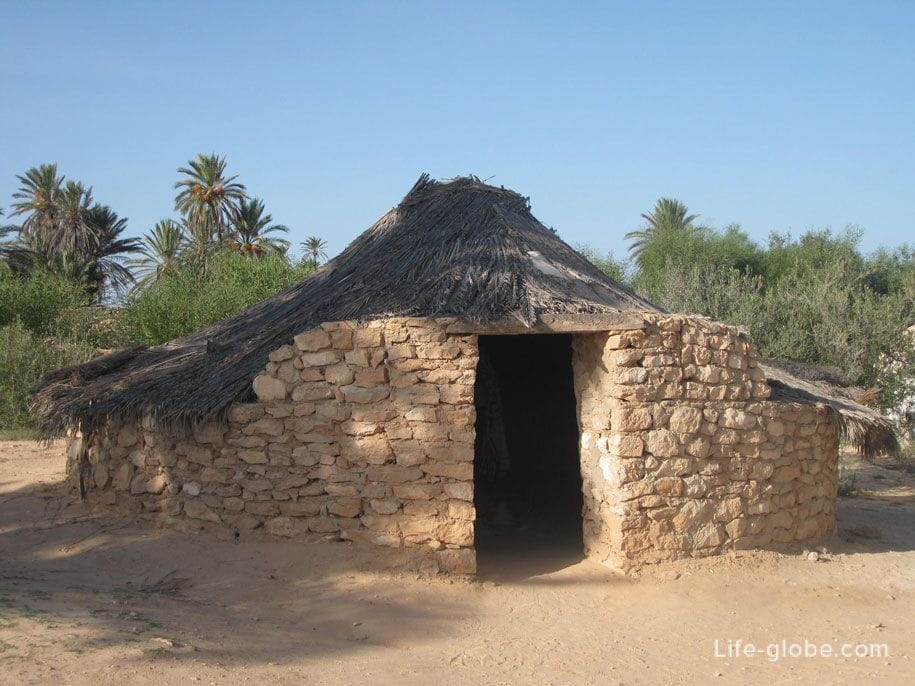
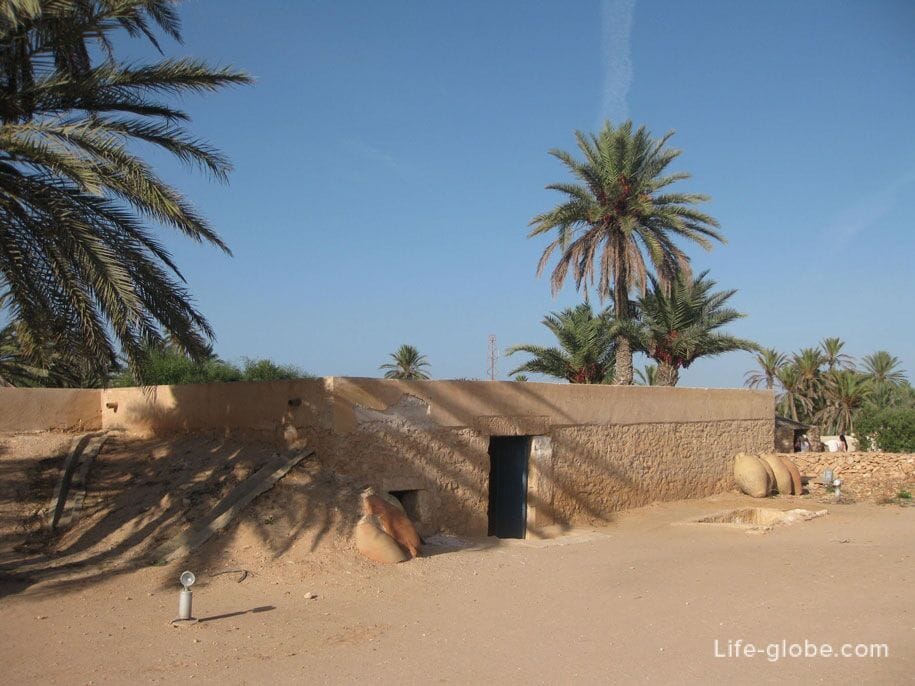
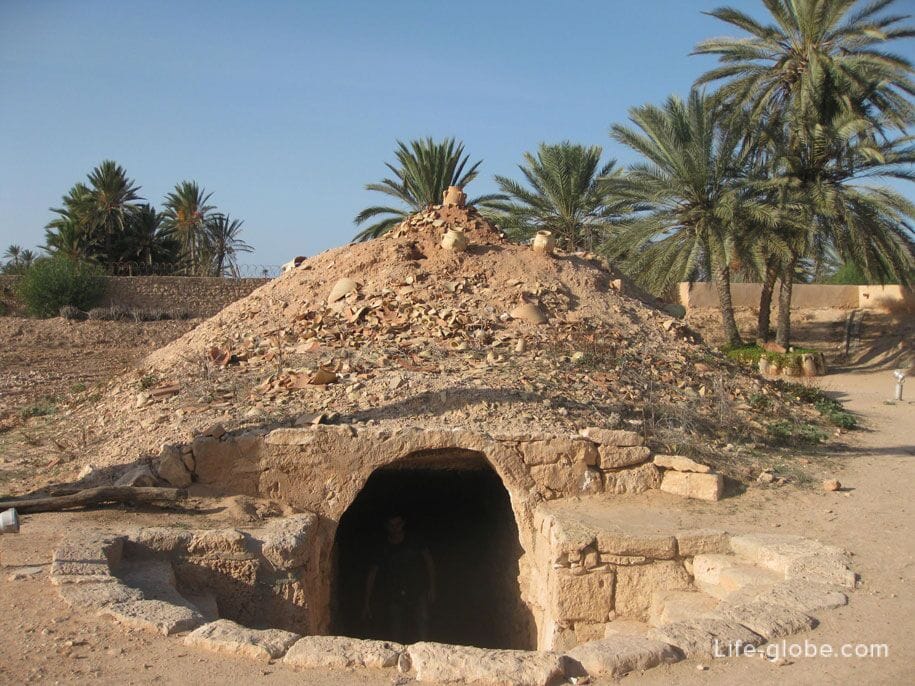

Find out how to get olive oil, a simple method of pressing and pressure driving forces of people and a camel thrust
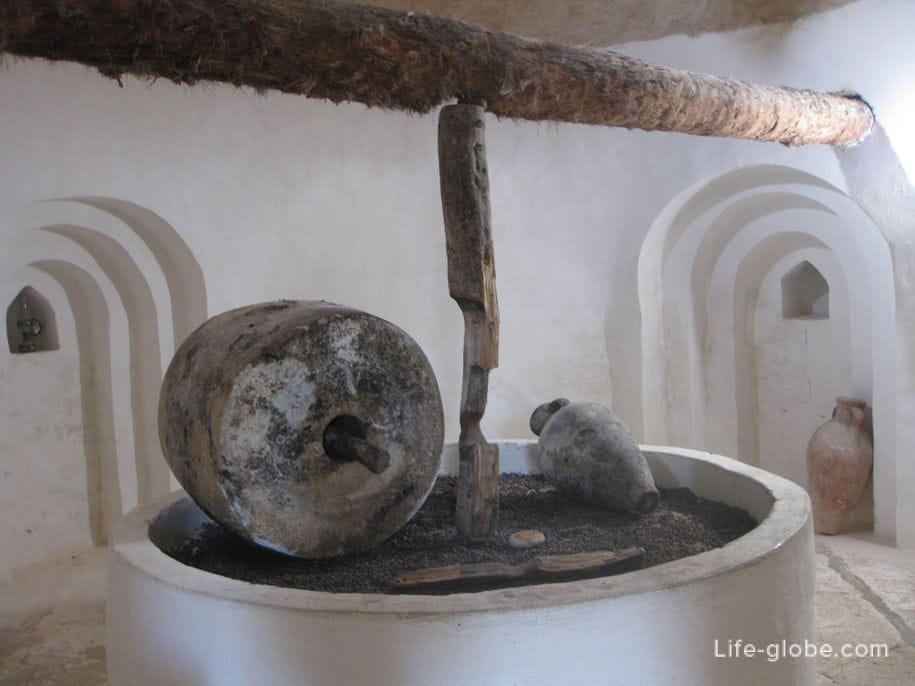
Peek in pottery and weaving workshops
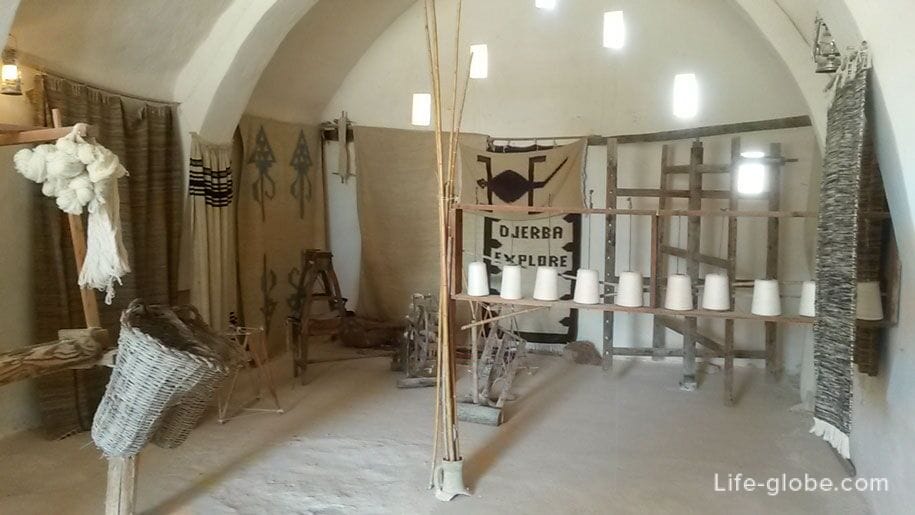


To witness how lovely and smiling dragbike woman rubbed the grain, kept the house and was making

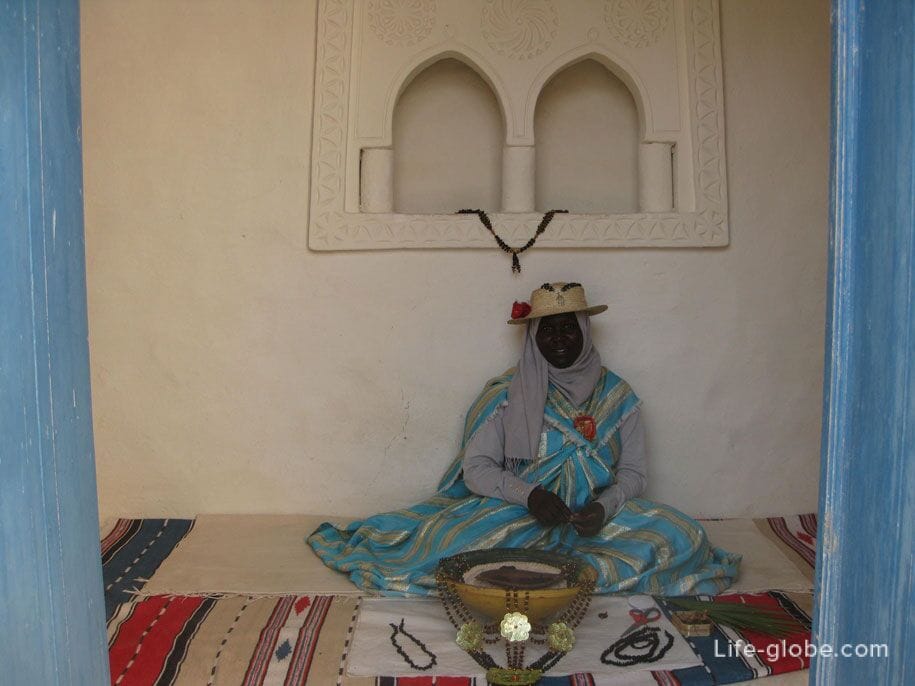
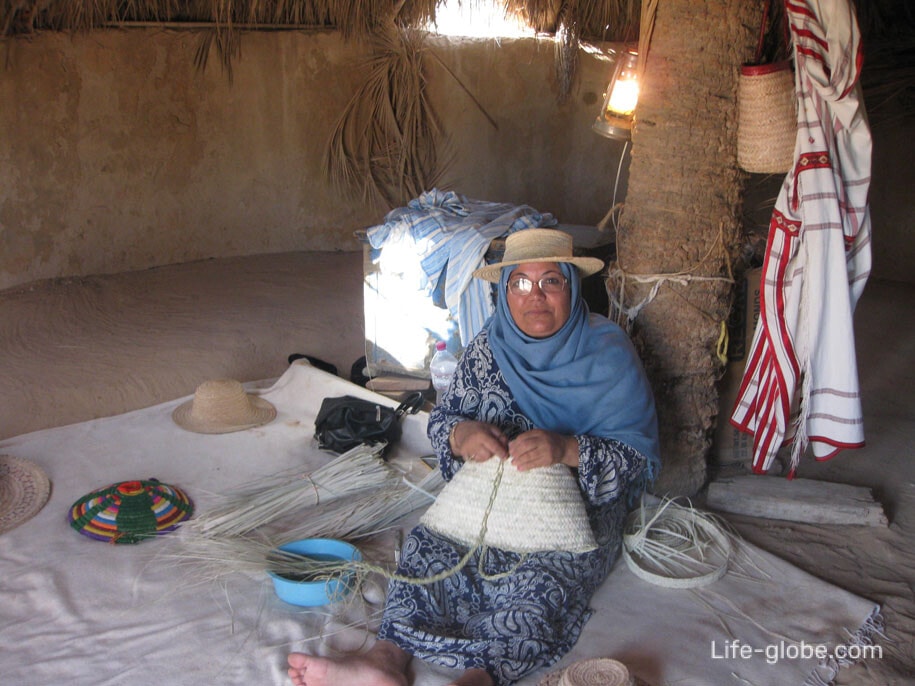
And also to try to life in the image and likeness of gerbini. Seeing them home, interior, yards and farm.




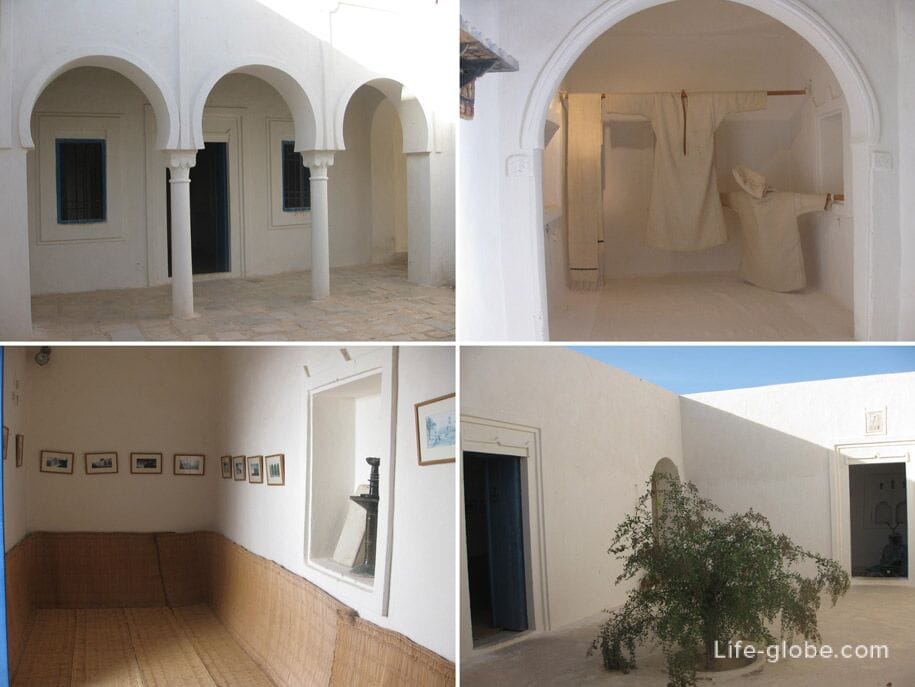

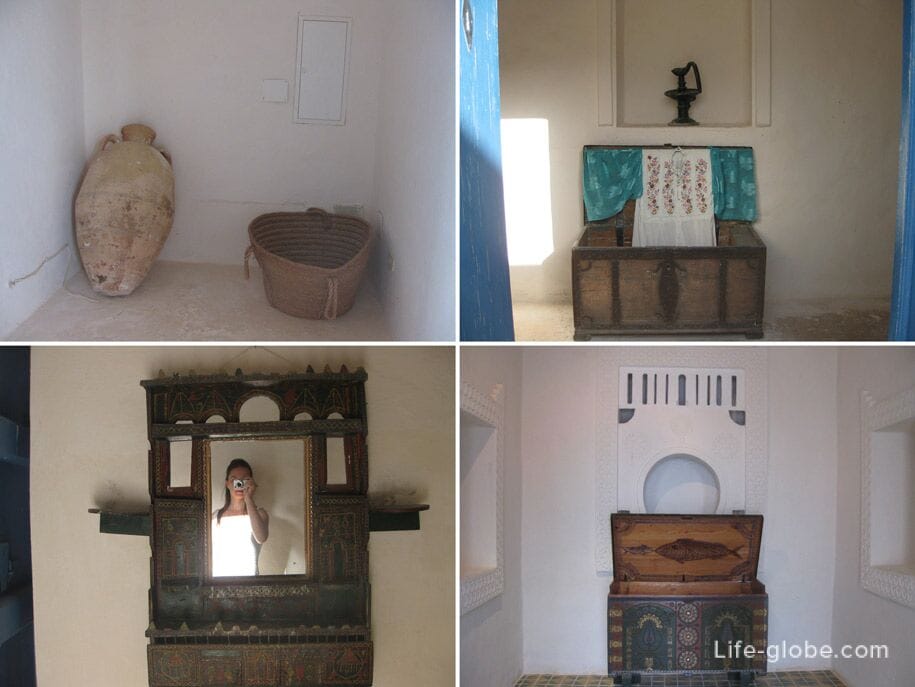

Go back to the booths and visit the Museum "Lella Hadria".
Museum "Lella Hadria"
Museum "Lella Hadria", is a Museum of folk arts and traditions, considered one of the best Museum complexes in Tunisia.
The Museum is quite large, its halls are more than 1,000 artifacts that illustrate several centuries of Arab art, as a General Islamic and Tunis. Including a detail of the curtains of the Holy Kaaba stone from Mecca, Persian, and Ottoman kaftans, Berber ceramics, carpets, manuscripts, calligraphy, and an extensive collection of Tunisian jewels and presents works of craftsmen and shows the features of the culture of the inhabitants of the island of Djerba.

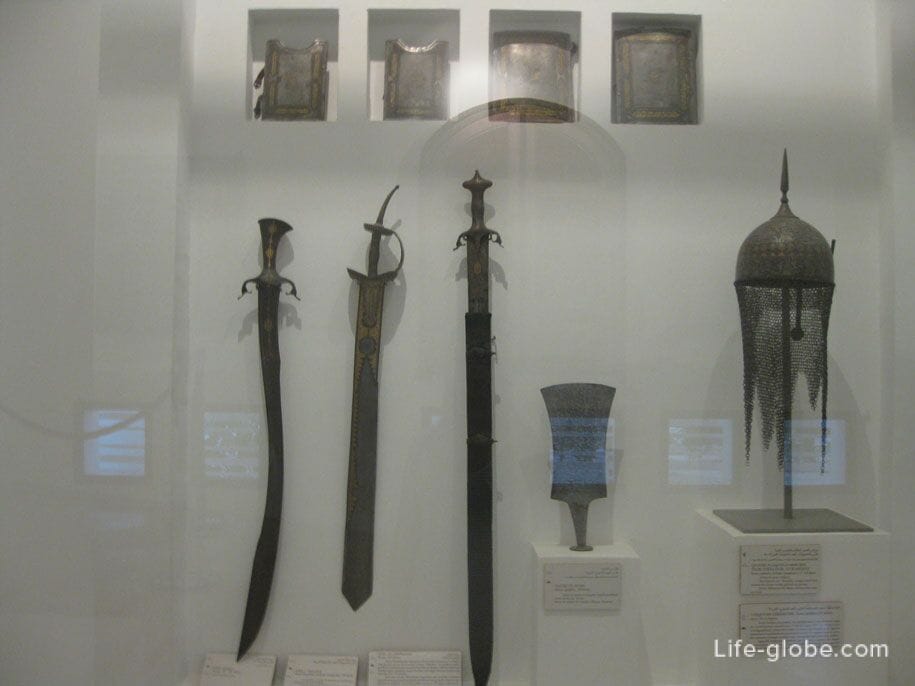
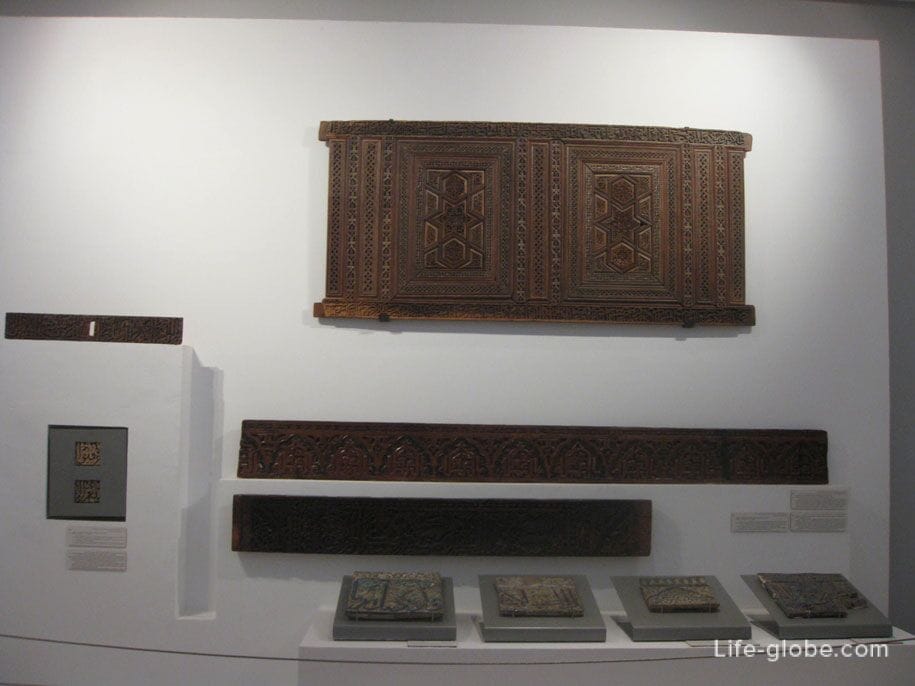
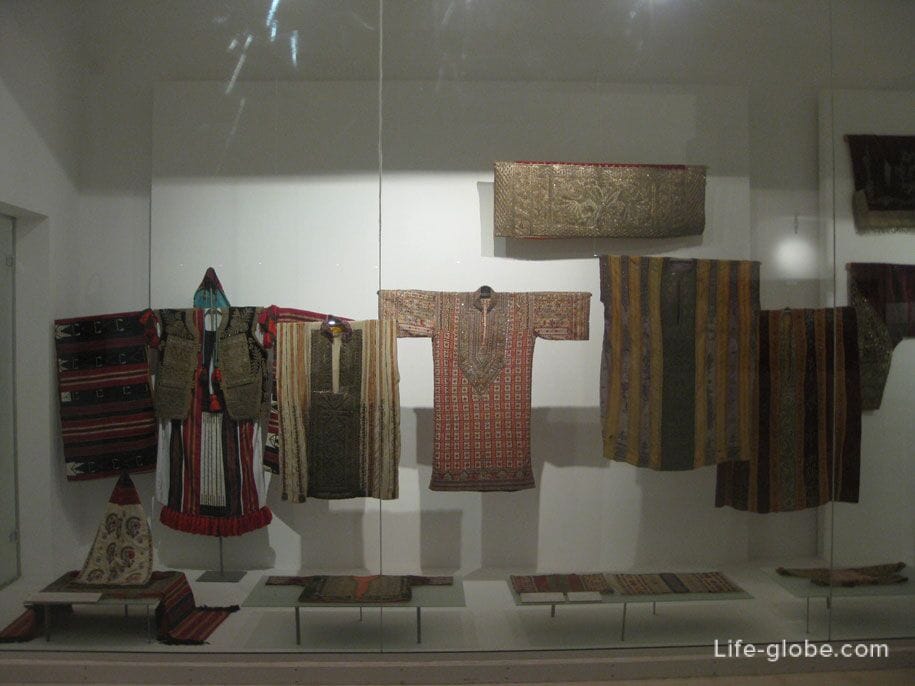
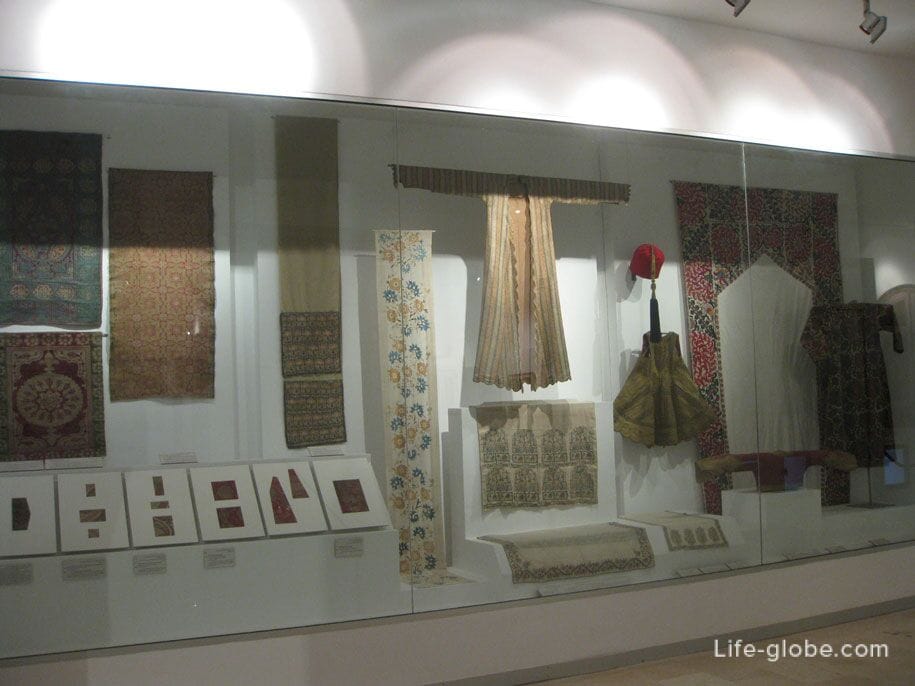
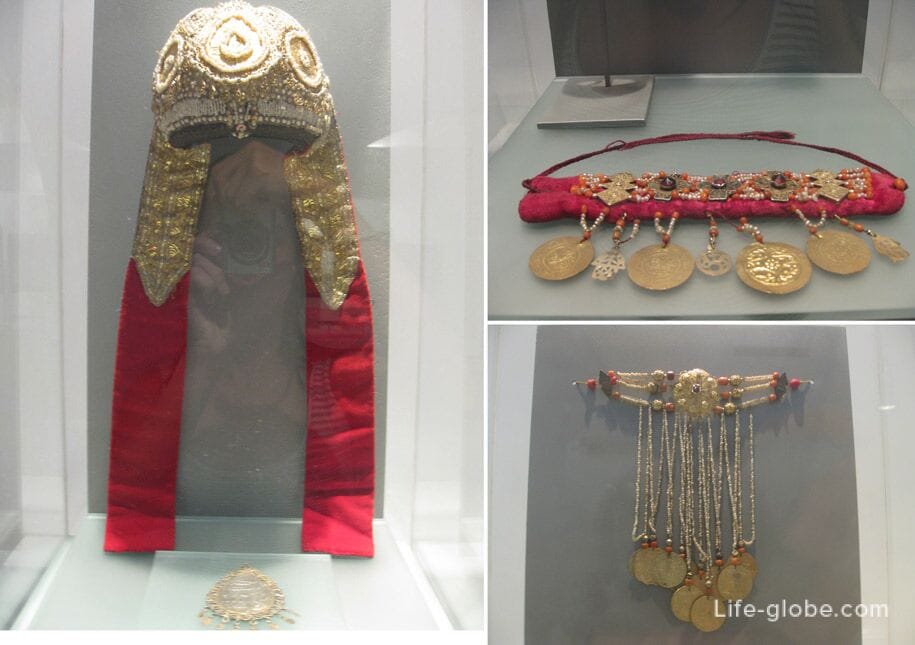
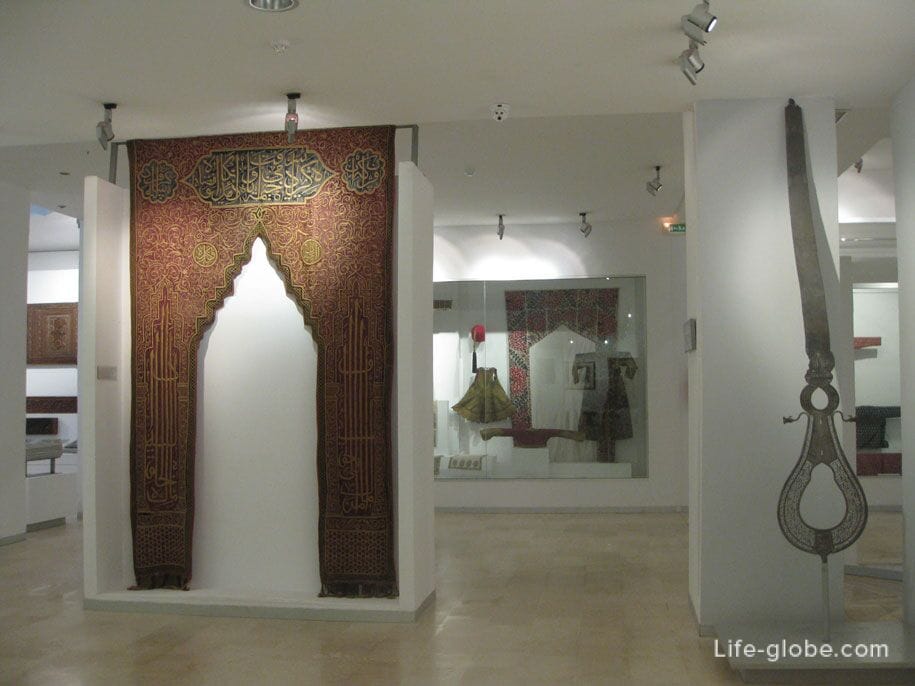
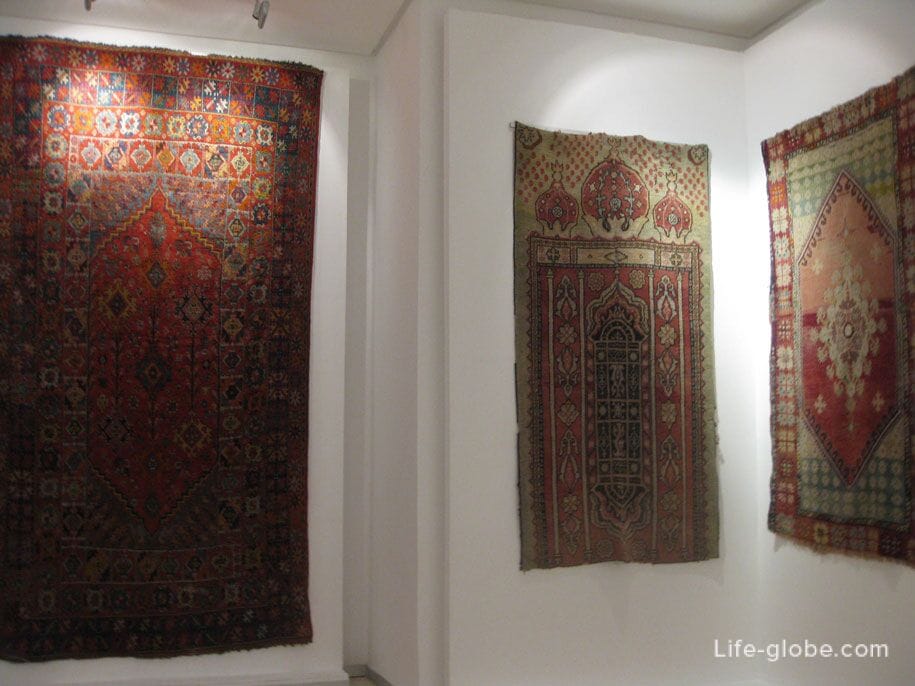
How much time should be allocated for a visit to the Park
In this issue, everything is very individual! In "Djerba Explore" can safely go on all day, you will not be bored. We visited the Park in the afternoon and held it for a little more than 4 hours, and that is to say, he regretted that did not take the Park more time.
The only thing that can be advised in the autumn and winter when the Park is open until 18:00 hours, before feeding crocodiles is better to visit the village of "Heritage", and at the exit you can look at the Museum. Otherwise, if you come to the time of feeding, time to the village and the Museum just is not enough.
PS a visit to the Park "Djerba Explore" will leave behind a huge number of impressions and positive emotions, and unique pictures! Include a visit to this Park, we recommend you to everyone who came to the Sunny Tunisian island of Djerba!




